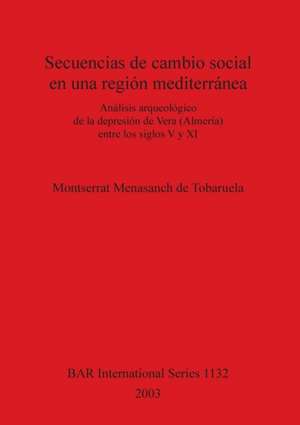Secuencias de cambio social en una región mediterránea
Autor Montserrat Menasanch de Tobaruelaes Limba Spaniolă Paperback – 15 iun 2003
Preț: 727.49 lei
Preț vechi: 799.44 lei
-9% Nou
Puncte Express: 1091
Preț estimativ în valută:
139.21€ • 143.61$ • 116.17£
139.21€ • 143.61$ • 116.17£
Carte tipărită la comandă
Livrare economică 27 martie-10 aprilie
Preluare comenzi: 021 569.72.76
Specificații
ISBN-13: 9781841715056
ISBN-10: 1841715050
Pagini: 308
Dimensiuni: 210 x 297 x 20 mm
Greutate: 1.19 kg
Editura: British Archaeological Reports Oxford Ltd
ISBN-10: 1841715050
Pagini: 308
Dimensiuni: 210 x 297 x 20 mm
Greutate: 1.19 kg
Editura: British Archaeological Reports Oxford Ltd
Notă biografică
Montserrat Menasanch de Tobaruela
